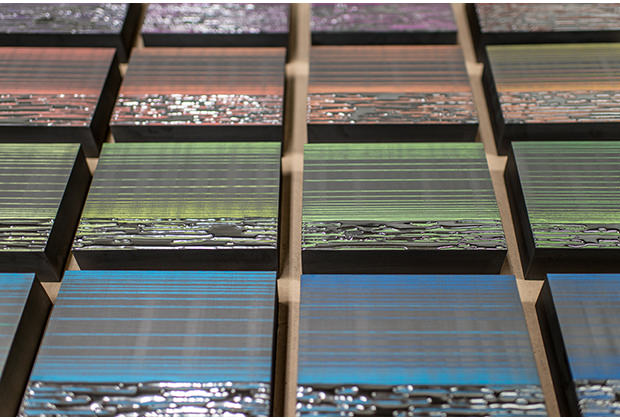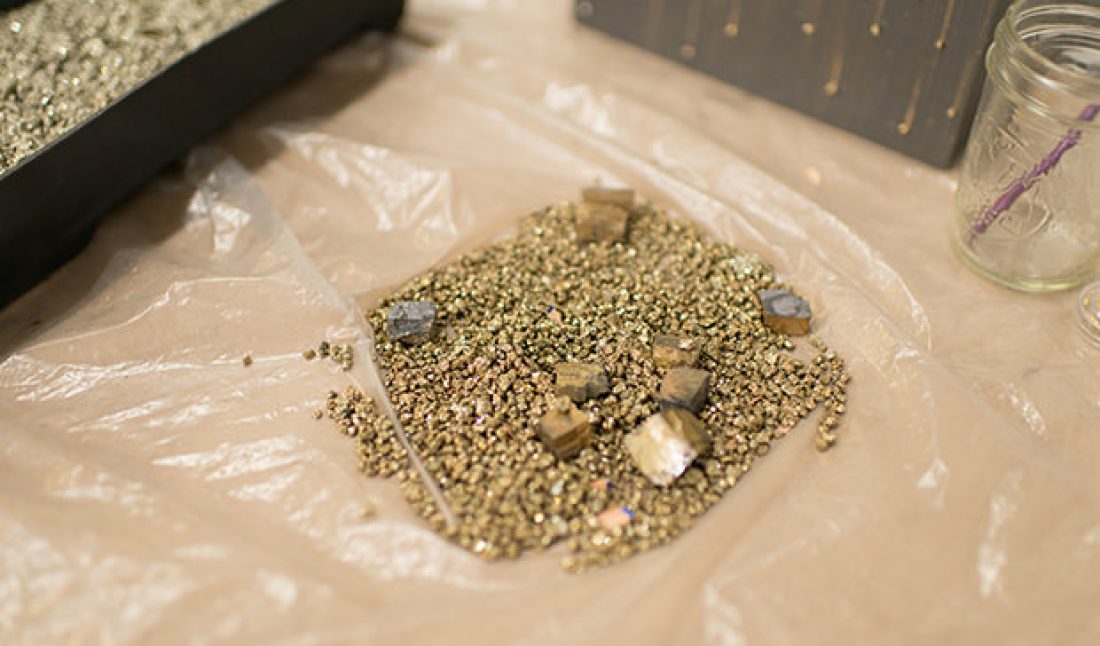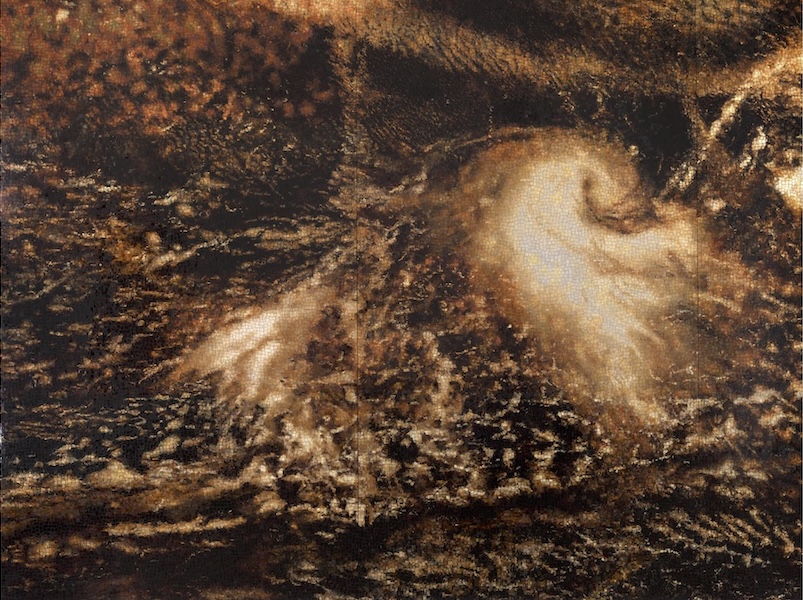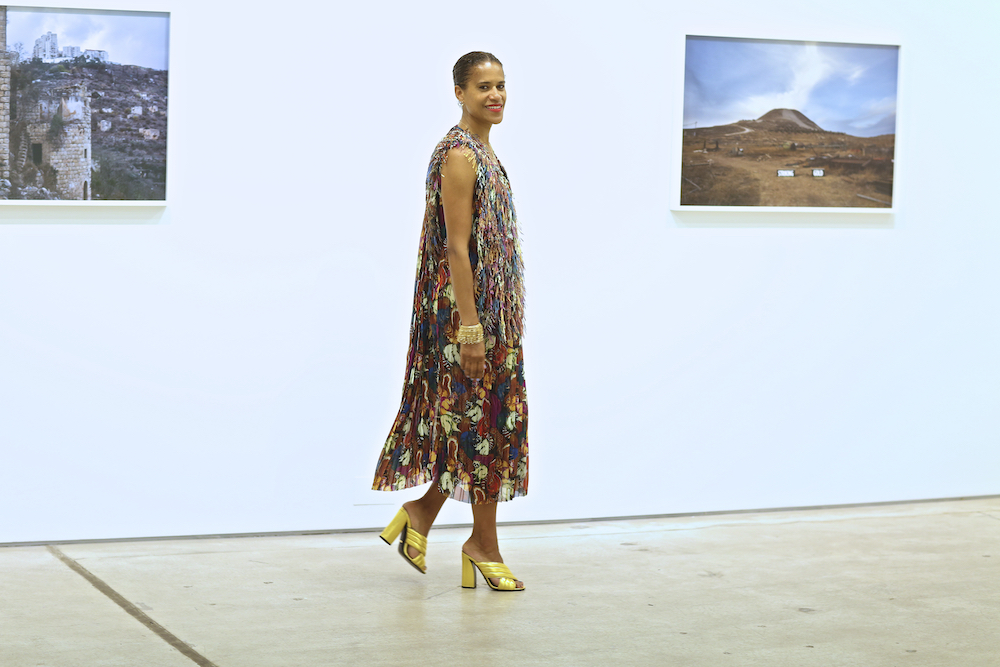Artist Teresita Fernandez describes her work as experiential, something that was immediately evident upon entering her Brooklyn studio, where thick layers of graphite coat the concrete floor – a result of years working with the material.
We sat down with the 2013 Aspen Award for Art winner, best known for her use of unconventional materials and large-scale public art installations, to learn more about her studio process and what new work is occupying her headspace right now.
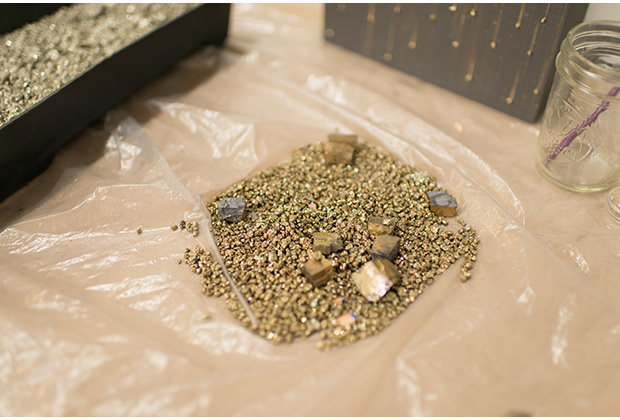
WHITEWALL: What’s an average day in the studio? Are you a night owl or do you have a strict routine?
TERESITA FERNANDEZ: I’ve always been a night owl. When I had children 12 years ago, I just became an insomniac. I do really love the nocturnal time in the studio, but unfortunately I have to get up early as well [laughs]. I usually get into the studio at 8:30AM and I have a big thing of green tea, which is remnant of my time living in Japan. I work for most of the day and then at 10:00PM I go back into the studio or work from home until about 2:00AM.
People always seem to ask about physical hours in the studio, but there are lots of different ways of working. For me, working in the studio is talking to [my studio assistant] Sarah, dealing with administration, and planning things. The conceptual part of making work doesn’t happen for me in the studio. It occurs in the quiet space at night that I have blocked out for three or four hours a day to read, write, sketch, jot down ideas, and develop new projects. It’s a very private space.
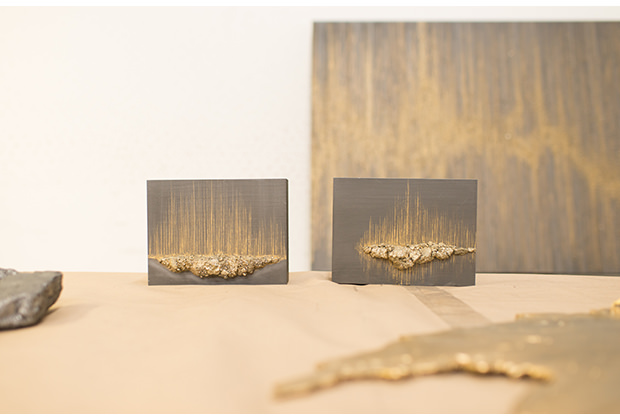
Part of being in the studio can also be stepping back and knowing that the day is not about producing. Instead, I’ll go to the Met and walk around for three hours, which will be much more cathartic than sitting and trying to push something that isn’t happening that day. I’m very interested in that way of working, in having sensitivity to what you actually need that day.
WW: What work is in your headspace right now?
TF: At the moment I’m working on a big installation at Zaha Hadid-designed Broad Art Museum in Michigan. It’s hard to talk about certain things because they haven’t been commissioned yet, but let’s just say I’m working on a big, big, project that isn’t public yet.
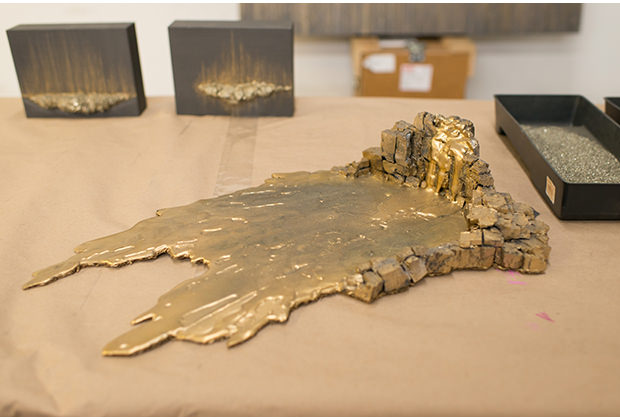
I’m also working on another project that I can talk about, which is a show at Mass MOCA, taking place in May 2014. I’m working with the curator Denise Markonish and we’re developing the project together. The museum is a huge industrial space, ten times bigger than Dia Beacon, and I’ll be working with the whole first floor. It’s a beautiful space, really kind of defined by it’s bigness and is very raw. It’s the equivalent of making ten solo shows anywhere else [laughs], so it’s a challenge, but I am very excited about it.
WW: When you’re dealing with as vast a space as Mass MOCA, how do you work on a piece in the studio that will then function on that scale?
TF: The work is very planned out ahead of time, so I pretty much know how it’s going to look by the time I get into the space. With a space like that, or any big space, I usually make models, work with architects, and do a lot of imaging beforehand. I then develop something physically to show how it will look and fit together. The work then gets assembled on site with a very planned out set of instructions. My work is experiential, so the essence of the pieces doesn’t always show up in photographs, so you never know what will happen once the work is installed. I’m very concerned about the ambulatory viewer moving through a space and with the work as a catalyst for that experience.
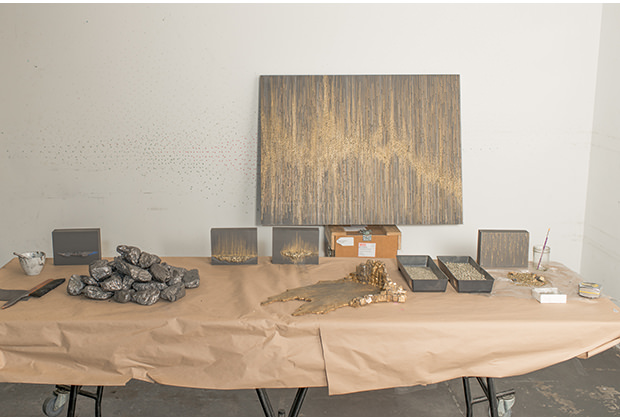
WW: Do you try to keep older work in the studio to use as reference points?
TF: Yes, sometimes, because so often works leave the studio very quickly. The pace and demand of art fairs make it so you don’t get to sit and look at something for a long time the way I used to. There are pieces that I leave around because I am still thinking about them. The new work may formally be totally different, however there is a distinctive thread that runs through the conceptual development of my work and so it becomes a reference to everything that came before it. However, every once in a while I purge the studio, take everything out, and start from scratch.
WW: Looking around the studio, your process and materials seem very physical.
TF: There is sensuality to the materials, which is key to my work and is something I embrace. There are lots of different modes of working, from the big installation put together outside of the studio to the intimacy of a drawing. That idea of scale is very interesting to me; something physically small can actually imply the vastness of a space, while something huge, like the last show I did with Lehmann Maupin, is actually experienced in an intimate way. That idea of “flip-flopping scale” interests me.
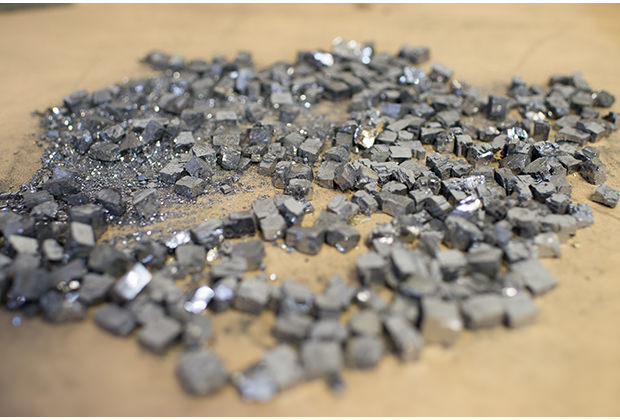
WW: Whom do you work with in the studio?
TF: I’ve tried really hard for the studio not to become a place of output and production, like a factory. There are times when I have six or seven people working on a large piece and it gets hard to even move around. So when the studio becomes like that I don’t spend a lot of time here, as I prefer it to be small. When I do have six people working, because a project requires it, the dynamic changes in the studio a lot. It’s not just six people, or twelve hands, it’s six personalities, and so you start as an artist to feel like a manager and that’s not something I’m interested in. I like to keep the studio space as quiet as I can, when I can.
WW: Looking at your research on the studio walls, what themes are you exploring in your work at the moment?
TF: I have an interest with the correlation between the cosmos and the subterranean. All of these materials in the studio, from gold to graphite, are mined from under the ground. Historically, we’ve always had this instinct to look up for information, to the night sky especially, for orientation and information. We use it for navigation. It’s the first clock and it’s the first calendar. It’s the first everything. The sky is really what orients us in the world. For me, the flip side of that is the subterranean.
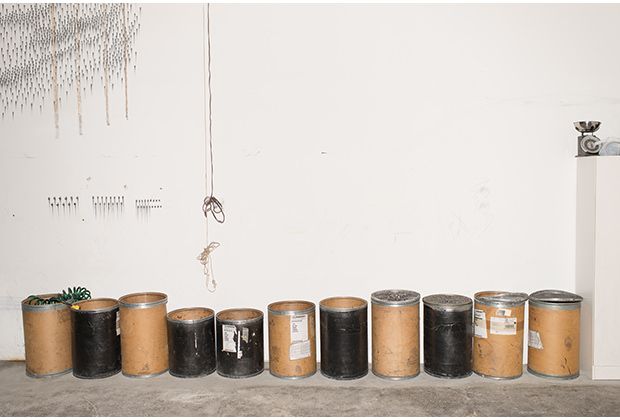
Historically, if you look through literature and all aspects of culture there’s always been this kind of imagination projected on to what’s above and what’s below. So some of this work deals with these ideas and the materiality of what we extract from under ground. There is always a conceptual framework around the materials I work with, like with graphite for example.
WW: Why graphite?
TF: The whole trajectory for me using graphite in the first place had to do with my research into the history of the material itself. Graphite was discovered in the 1500s in Borrowdale, England. It’s interesting because graphite didn’t exist to us before that, so our history of writing and drawing with pencils really comes from that particular place. I was really interested in Borrowdale as a site, almost as land art, because when you are there it’s as though you are standing above a drawing with just solid graphite beneath you. I am interested in the material being looked at, not just for its sensual qualities, but also conceptually within this framework.
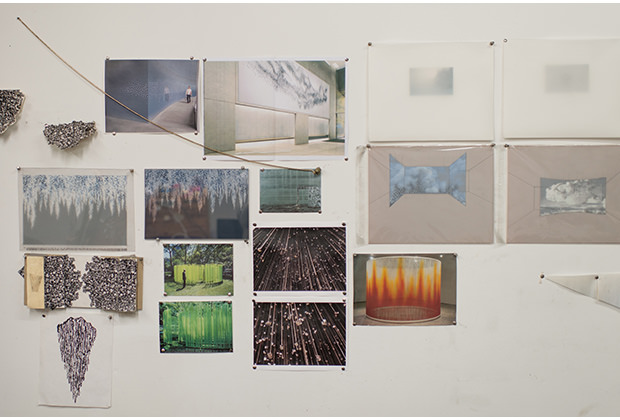
WW: And now you’re walking on graphite in your studio.
TF: And now it’s just everywhere [laughs].
Teresita Fernández (b. 1968, Miami, Florida) is a conceptual artist best known for her prominent public sculptures and unconventional use of materials. Fernández’s work is characterized by an interest in perception and the psychology of looking. Her experiential, large-scale works are often inspired by landscape and natural phenomena as well as diverse historical and cultural references. She lives and works in New York.
